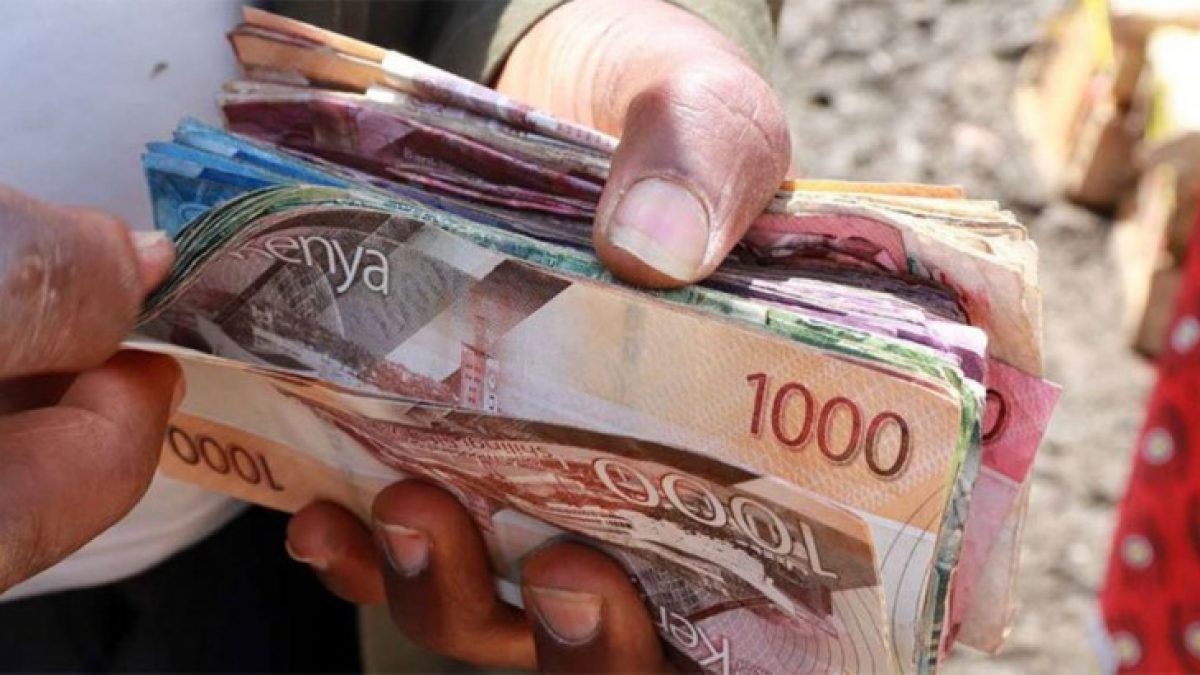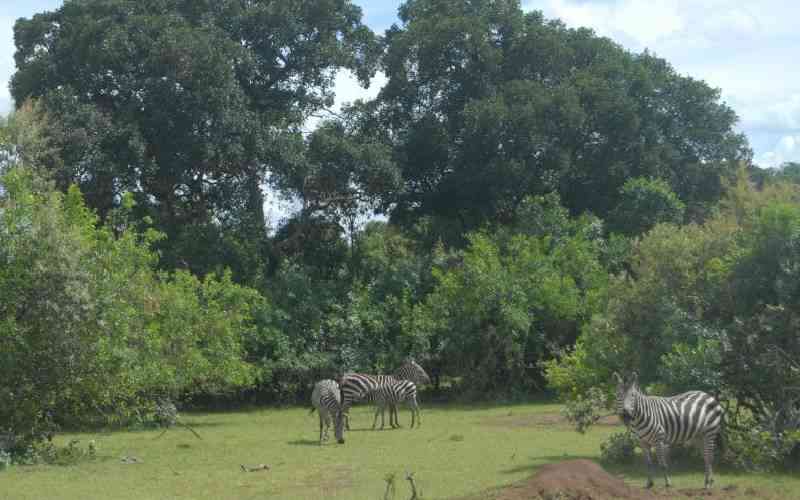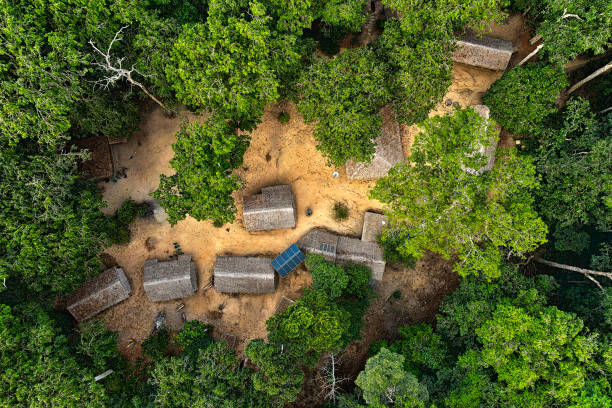Kenya Is Losing KSh 200bn Annually Through Illicit Financial Flows

Kenya is losing an estimated KSh 200 billion each year through illicit financial flows from sectors such as mining, logging, and natural resource trade, according to a new assessment by the African Development Bank (AfDB).
“Realizing Kenya’s Vision 2030 and SDGs will require strategic mobilization of multiple forms of capital — fiscal, natural, human, business, and financial. Despite the progress made, capital utilization remains fragmented, and better alignment of public and private resources are essential for sustained, inclusive development,” the AfDB said in the Country Focus Report 2025.
Natural capital, which accounts for 17% of Kenya’s national wealth, remains largely untapped or underutilized. Mineral resources contribute just 0.8% to GDP while forest accounting and ecosystem valuation frameworks remain incomplete. Meanwhile, Kenya’s emerging carbon market has generated only US$ 200 million against a potential of US$ 1 billion due to weak regulatory frameworks and minimal private sector participation.
On the fiscal front, nearly 60% of government revenue is absorbed by debt servicing, even as tax collections remain below target. Kenya’s tax-to-GDP ratio stands at 13%, well under the African average. While digitized tax systems like iTax and eTIMS have improved compliance, recent public backlash against proposed tax reforms has slowed momentum on expanding the revenue base, particularly in the informal sector.
Micro, small, and medium-sized enterprises, comprising 75% of the private sector, are also constrained by limited access to credit, high operational costs, and weak support infrastructure. Despite high levels of entrepreneurship and digital innovation, the lack of structured financing, particularly for rural businesses and early-stage startups, continues to limit business capital formation.
“Business capacity is limited by weak financial skills, inadequate Jua Kali spaces, and poor market access. Start-up capital is scarce, and while Uwezo and Hustler Funds offer loans, demand outstrips supply,” the report said.
“Key opportunities include expanding affordable financing, digitizing table banking for streamlined financing accounting, enhancing infrastructure, simplifying regulations, lowering service fees, boosting research and development, and increasing awareness of funding options (climate finance, credit guarantees) to unlock MSME growth and strengthen Kenya’s business capital,” it added.
Kenya’s human capital, which makes up 78% of its total wealth, shows promise but faces critical challenges. Youth unemployment remains elevated at 39%, driven by skills mismatches, poor job-market alignment, and regional disparities in access to quality education and healthcare.
Pension and insurance funds remain heavily exposed to government securities and Kenya’s capital markets have seen no major IPOs in recent years.
The report emphasizes that without strengthened governance, institutional reform, and better integration of public and private capital, Kenya’s economic transformation will remain uneven and vulnerable. While macroeconomic stability has improved due to a stronger shilling and lower inflation rates, structural constraints continue to blunt the country’s development trajectory.
To reverse the capital drain and close the funding gap, the report recommends scaling up carbon market frameworks, expanding tax coverage into the informal sector, leveraging green finance and diaspora bonds, and formalizing MSMEs through targeted credit guarantees and regulatory simplification.
Recommended Articles
Kabiyesi's death is a huge loss to Nigeria, Akinwumi Adesina pays tribute to Awujale

Former president of the African Development Bank (AfDB), Akinwumi Adesina, has expressed sadness over the death of the A...
Without USAID, we need hyperlocal war on malnutrition

For over six decades, USAID was a major funder of health, agriculture, education, and nutrition programmes across develo...
Kenya Is Losing KSh 200bn Annually Through Illicit Financial Flows

Kenya is losing an estimated KSh 200 billion each year through illicit financial flows from sectors such as mining
African Development Bank and Google Highlight AI’s Role in Africa’s Future

Experts stress investment in skills, infrastructure, and local data to prepare the continent for an AI-driven economy
Why Kenya has missed Sh130b carbon credit cash

Zebras in Nyekweri-Kimintet community forest in Trans Mara, Narok county, on April 17, 2025. [Peter Muiruri, Standard] K...
You may also like...
The Rise of K-pop and Anime in Africa: A Socio-Economic Bridge To the East

K-pop and anime are reshaping Africa’s cultural landscape, sparking new youth trends and creative expression. Beyond ent...
How the Bunyoro-Kitara Tribe Mastered Brain Surgery and C-Sections Centuries Before Modern Medicine

Long before hospitals and antibiotics, Uganda’s Bunyoro-Kitara tribe performed complex brain surgeries and life-saving C...
How the Bunyoro-Kitara Tribe Mastered Brain Surgery and C-Sections Centuries Before Modern Medicine

Long before hospitals and antibiotics, Uganda’s Bunyoro-Kitara tribe performed complex brain surgeries and life-saving C...
Cracks in the Foundation: Examining the Vulnerabilities of the Global Banking System

Beyond digital transformation, the global banking system faces inherent fragilities. This article explores the economic,...
The Remaking of Banking: Navigating Digital Disruption and Economic Shifts

The global banking system is at a crossroads. Explore how digital transformation, AI, sustainable finance, and evolving ...
African Women at the Negotiation Table: The Forgotten Female Diplomats Who Shaped Post-Independence

A historical exploration of African women diplomats who shaped post-independence politics, from Angie Elizabeth Brooks t...
Local Innovations Driving Clean Water Access in Africa
(29).jpeg)
Practical and innovative water solutions are transforming African cities. From desalination to wastewater recycling, dis...
When the Sun Keeps Its Promise: Africa’s 20 GW Solar Achievement

Africa has reached a historic milestone in its solar journey, crossing 20 gigawatts of installed solar energy capacity. ...